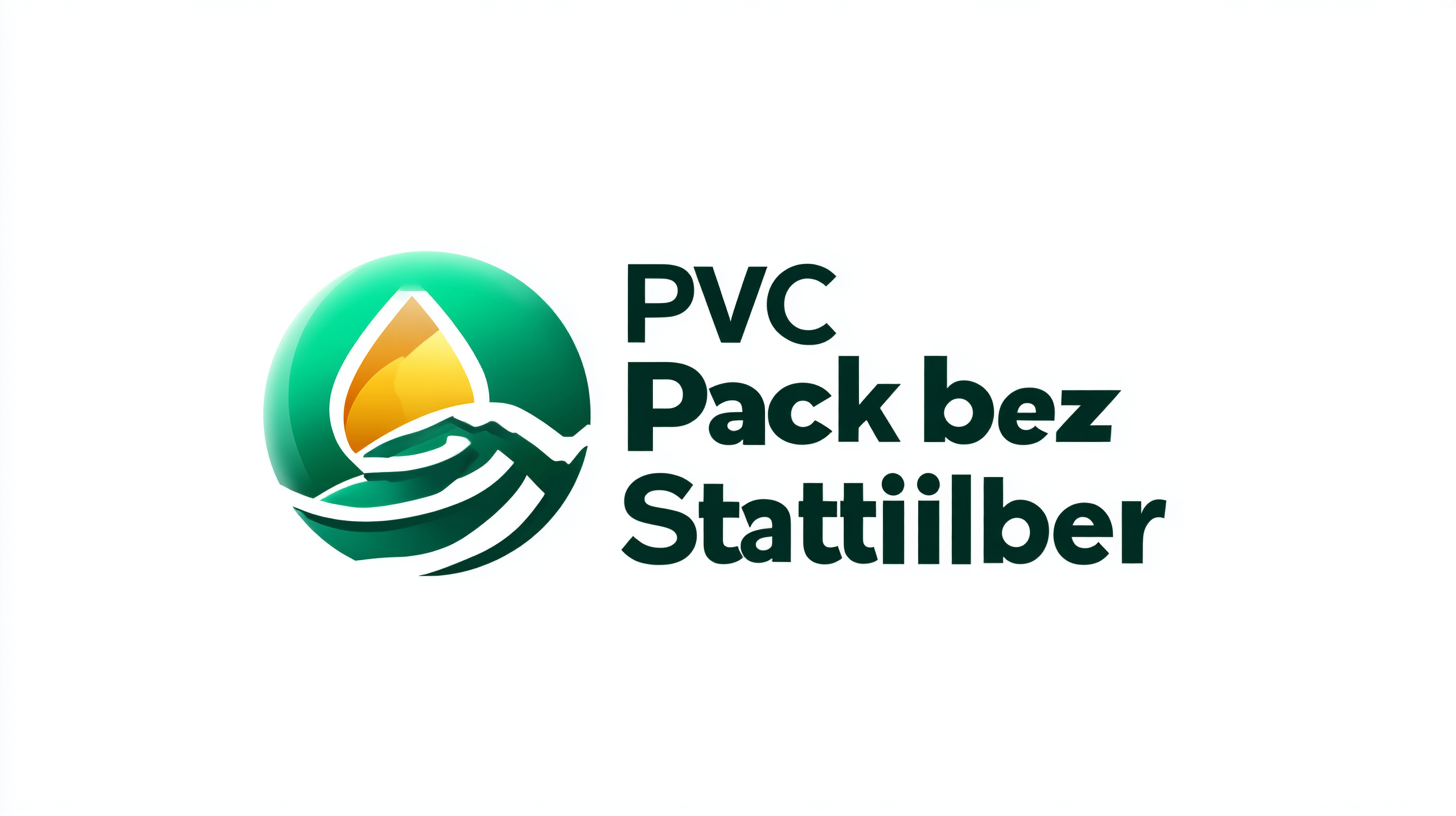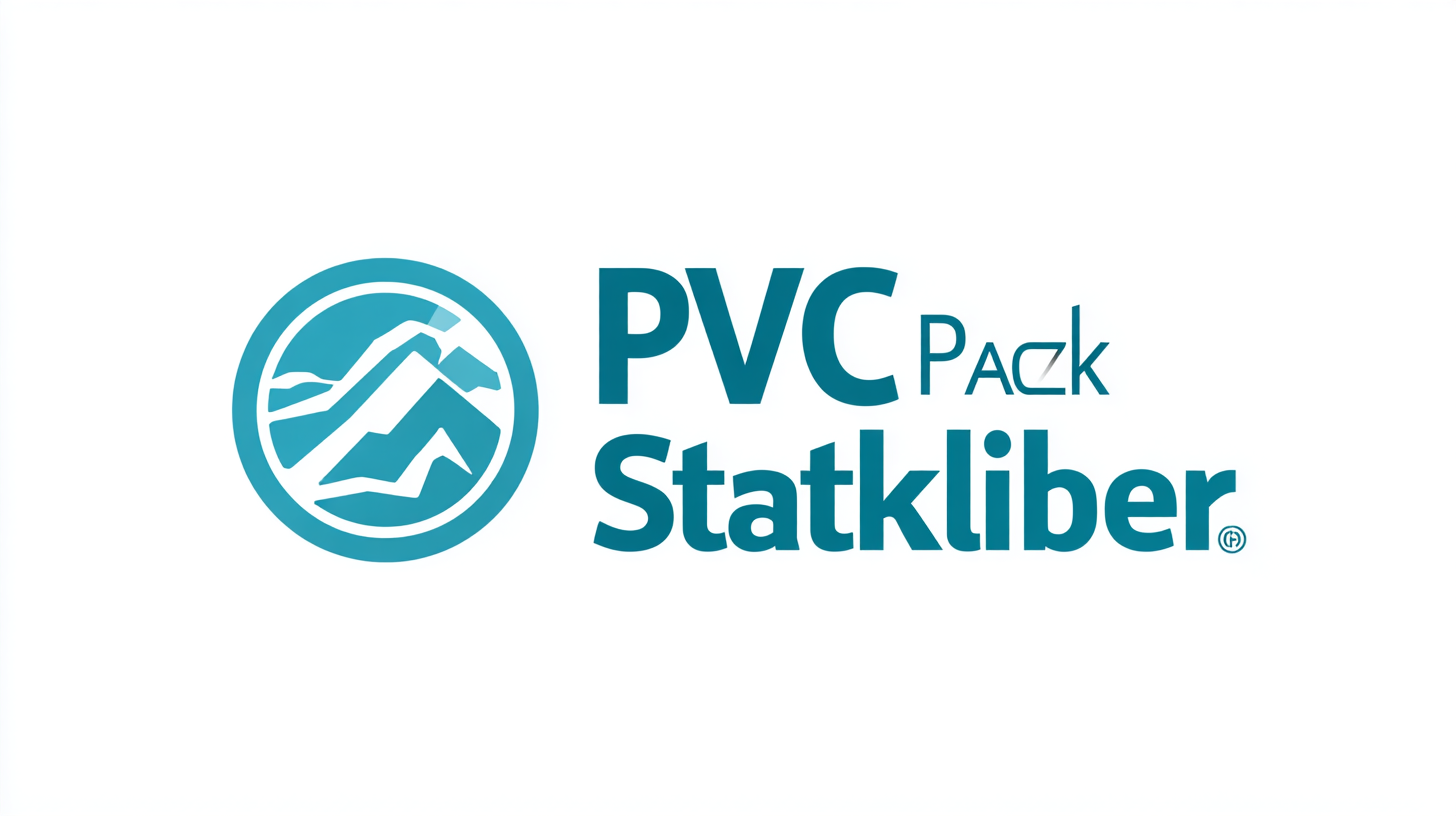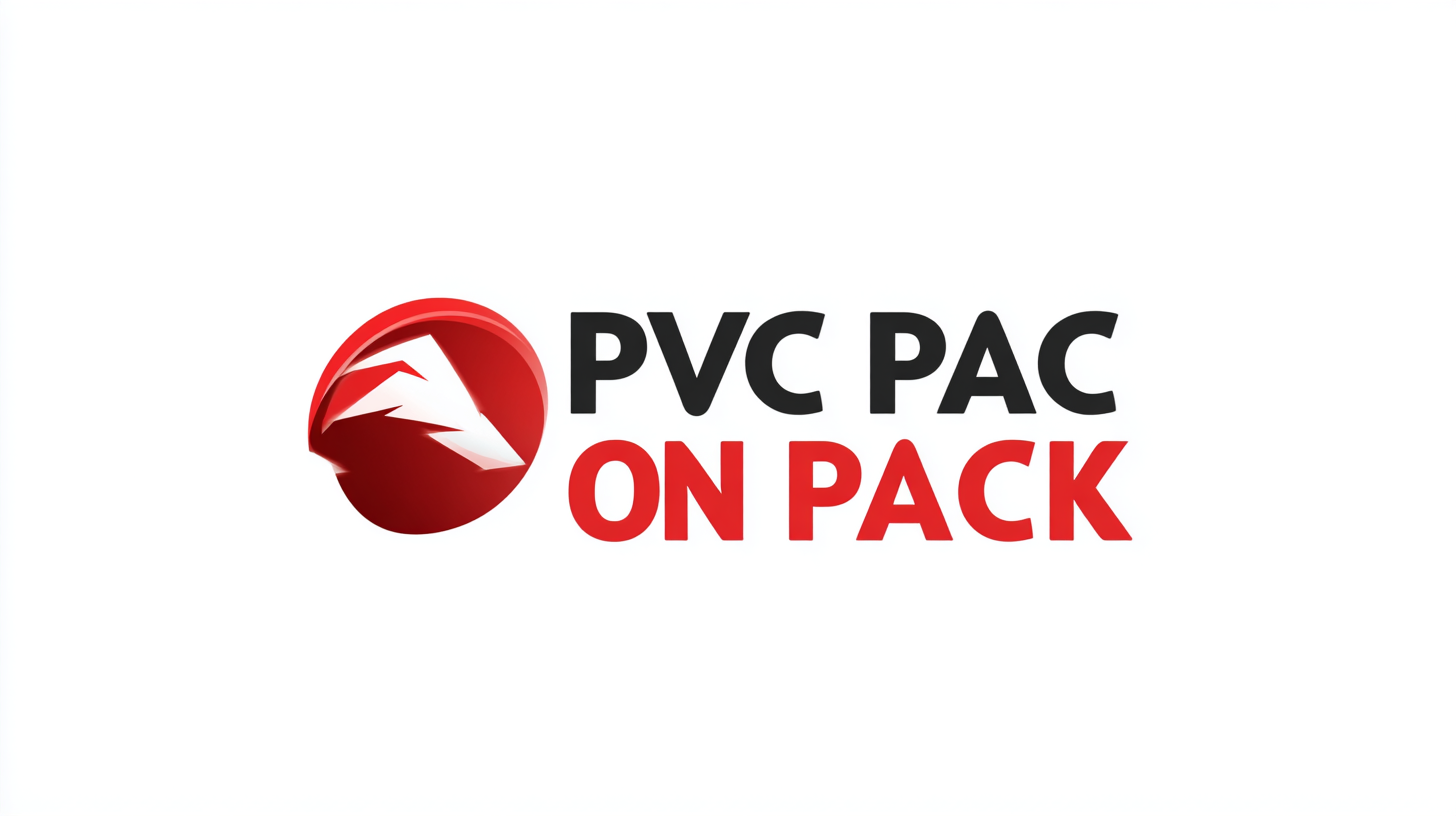
Understanding the Challenges of Sourcing Best Pvc One Pack Stabilizer Globally
In the ever-evolving landscape of the global plastic industry, the sourcing of high-quality PVC One Pack Stabilizers has become a pivotal challenge faced by manufacturers. According to a recent market analysis report by Grand View Research, the global PVC stabilizers market is projected to reach USD 4.3 billion by 2025, driven by the increasing demand for durable and eco-friendly materials. This surge underscores the necessity for sourcing effective stabilizers, which play a crucial role in enhancing the thermal stability and lifespan of PVC products across various applications, including construction, automotive, and packaging. However, the complexity of sourcing top-tier PVC One Pack Stabilizers internationally arises from factors such as fluctuating raw material prices, stringent regulatory environments, and varying regional standards. Understanding these challenges is vital for industry stakeholders aiming to optimize their supply chain and ensure product quality in a competitive global marketplace.

Challenges in Global Sourcing of PVC One Pack Stabilizers
The global sourcing of PVC one pack stabilizers presents several challenges that industry players must navigate to ensure quality and compliance. According to a report by Grand View Research, the global PVC stabilizers market is projected to grow at a CAGR of 4.3% from 2021 to 2028. However, fluctuating raw material prices and supply chain disruptions have made it increasingly difficult for manufacturers to source high-quality stabilizers consistently. This volatility often leads to significant procurement challenges, as companies must balance cost containment with maintaining product integrity.
Furthermore, varying regulatory standards across regions complicate the global sourcing landscape. For instance, the European Union's REACH regulation imposes strict compliance requirements for chemical substances, affecting suppliers’ ability to tap into European markets. A report from Allied Market Research highlights that nearly 38% of industry leaders cite regulatory compliance as a major barrier when sourcing PVC stabilizers internationally. As a result, businesses must not only focus on supplier reliability but also invest in understanding the regulatory frameworks specific to each target market. Balancing these factors will be crucial for companies looking to optimize their sourcing strategies in the competitive global landscape.
Understanding the Challenges of Sourcing Best PVC One Pack Stabilizer Globally
| Challenge | Description | Impact | Mitigation Strategies |
|---|---|---|---|
| Quality Control | Ensuring that PVC stabilizers meet global quality standards. | Inconsistent product performance and potential compliance issues. | Implement rigorous supplier audits and quality assurance processes. |
| Supply Chain Disruptions | Global events that impact the availability of materials and shipping. | Increased lead times and production delays. | Diversify suppliers and develop contingency plans. |
| Regulatory Compliance | Different countries have varying regulations affecting stabilizers. | Risk of legal penalties and market access limitations. | Stay updated with global regulatory changes and compliance frameworks. |
| Cost Management | Fluctuating prices of raw materials affecting overall costs. | Erosion of profit margins and budgeting challenges. | Negotiate long-term contracts and monitor market trends. |
| Cultural Differences | Navigating different business practices and negotiation styles. | Miscommunication and strained supplier relationships. | Invest in cultural competence training for sourcing teams. |
Key Characteristics of Different Types of PVC Stabilizers
When exploring the world of PVC stabilizers, it is essential to understand the key characteristics that differentiate the various types available in the market. PVC stabilizers are crucial in enhancing the durability and stability of PVC products, and they can be broadly categorized into two main types: primary and secondary stabilizers. Primary stabilizers, typically based on lead, calcium, or zinc compounds, serve to protect the PVC material during processing and early stages of product usage. Their effectiveness hinges on their ability to prevent degradation caused by heat and light exposure.
On the other hand, secondary stabilizers, often comprising organic compounds or other additives, play a significant role in improving the aging resistance of finished products. They work synergistically with primary stabilizers to enhance the overall performance of PVC. The choice between these two types of stabilizers often depends on the specific application requirements, such as the desired lifespan of the product, environmental conditions, and regulatory standards. Each type of stabilizer has unique benefits that can significantly influence the quality and reliability of PVC goods, making informed sourcing decisions critical for manufacturers seeking to optimize their products.

Applications and Industry Standards for PVC One Pack Stabilizers
The global market for PVC one pack stabilizers plays a crucial role in various applications, ranging from construction materials to automotive components. As industries seek to enhance the performance and longevity of PVC products, the demand for high-quality stabilizers has surged. With the market projected to grow significantly, leveraging advanced formulations that meet evolving industry standards is vital for manufacturers.
Applications of PVC one pack stabilizers are diverse, allowing for improved heat stability, enhanced mechanical properties, and resistance to UV degradation, thus ensuring durability in various climatic conditions.
Despite the promising growth of the PVC additives sector, companies face significant challenges in sourcing the best one pack stabilizers globally. Variability in quality, regulatory compliance across different regions, and the raw materials supply chain can impact product consistency. Furthermore, an increasing emphasis on sustainability is driving innovation in the formulation of environmentally friendly stabilizers. This shift not only meets industry standards but also aligns with global efforts to minimize environmental impact associated with plastic products. As such, the supply chain dynamics and market trends in PVC one pack stabilizers remain pivotal for stakeholders aiming to capitalize on the sector’s growth potential.
Comparative Analysis of Stabilizer Performance and Cost
The comparative analysis of stabilizer performance and cost is crucial for industries relying on polyvinyl chloride (PVC) materials. Recent developments highlight the emerging role of eco-friendly stabilizers, particularly in sustainable construction and material production. For instance, a study examining expansive soils revealed that modifying laterite with a combination of 45% sand and 9% cement can significantly enhance the stabilization process, achieving greater strength and durability at a lower environmental impact. This kind of innovation signals an important shift towards more sustainable materials, which not only meet economic criteria but also reduce ecological footprints.
Furthermore, the exploration of natural polysaccharide-based stabilizers like psyllium seed gum demonstrates a promising approach to stabilizing constructions while being mindful of environmental sustainability. Experimental analyses indicate that these bio-based stabilizers perform comparably to traditional PVC stabilizers, suggesting that they could serve as cost-effective alternatives in the industry. Such comparative studies underscore the multifaceted benefits of integrating innovative materials into PVC production, providing insights into both performance metrics and economic implications for industry stakeholders. This ongoing research is vital for making informed decisions that balance costs with performance and sustainability in the sourcing of PVC stabilizers globally.
Best Practices for Selecting and Sourcing PVC Stabilizers Globally
When sourcing PVC stabilizers globally, it's essential to adopt best practices that ensure quality and efficiency. As the demand in the construction sector rises—projected to drive the global PVC market at a CAGR of 3.9% from 2024 to 2030—companies must navigate a complex landscape of suppliers. Establishing clear criteria for evaluating potential vendors is crucial. This includes assessing product quality, compliance with international standards, and supply chain reliability. Engaging directly with manufacturers can also lead to better transparency and stronger partnerships.

Moreover, leveraging data analytics can provide insights into market trends and supplier performance. Analyzing procurement intelligence reports helps firms anticipate changes in material availability and pricing, enabling them to make informed sourcing decisions. Additionally, attending industry trade shows and networking with experts provides opportunities to discover emerging technological advancements in PVC stabilizers. By implementing these practices, businesses can position themselves to effectively meet the rising demands of the market while ensuring the sustainability and reliability of their supply chain.

